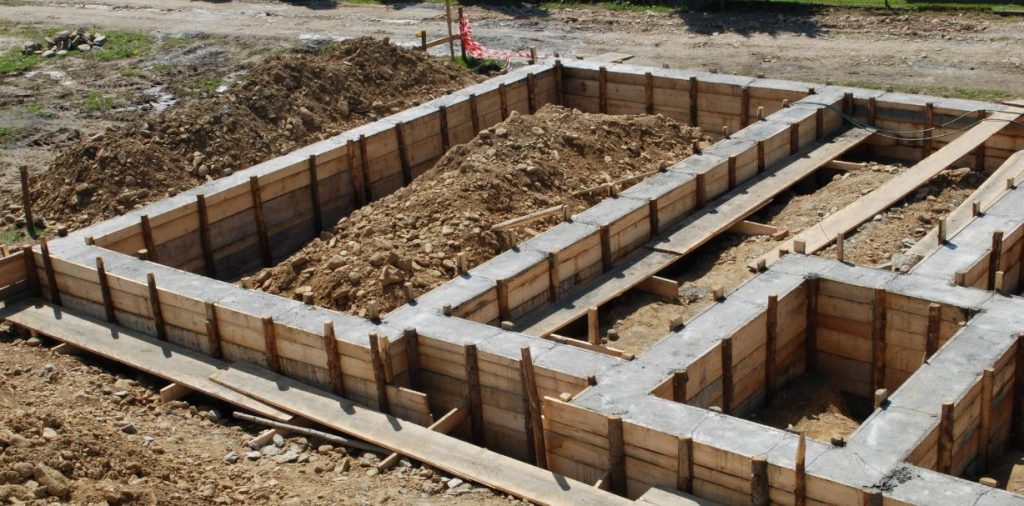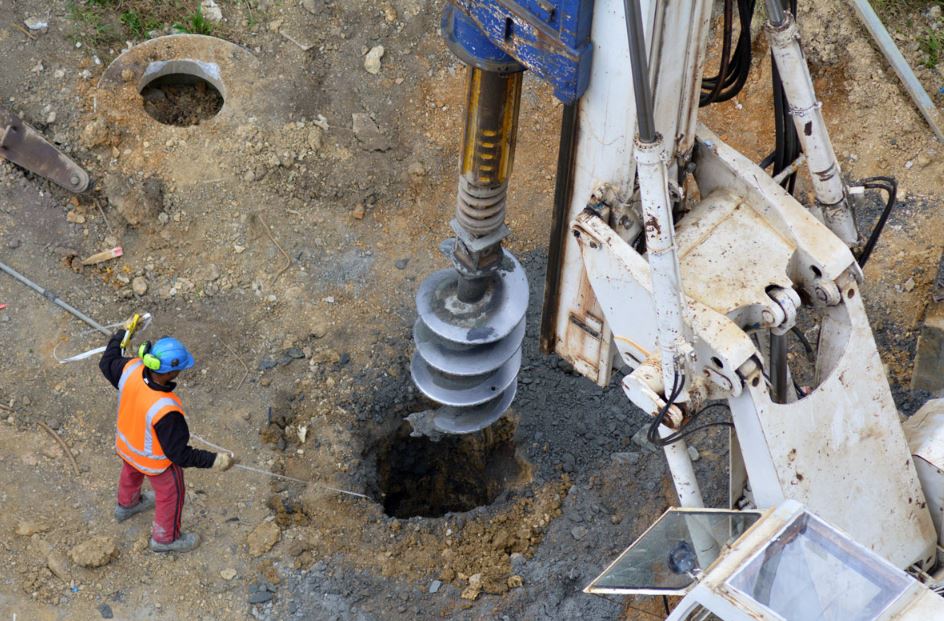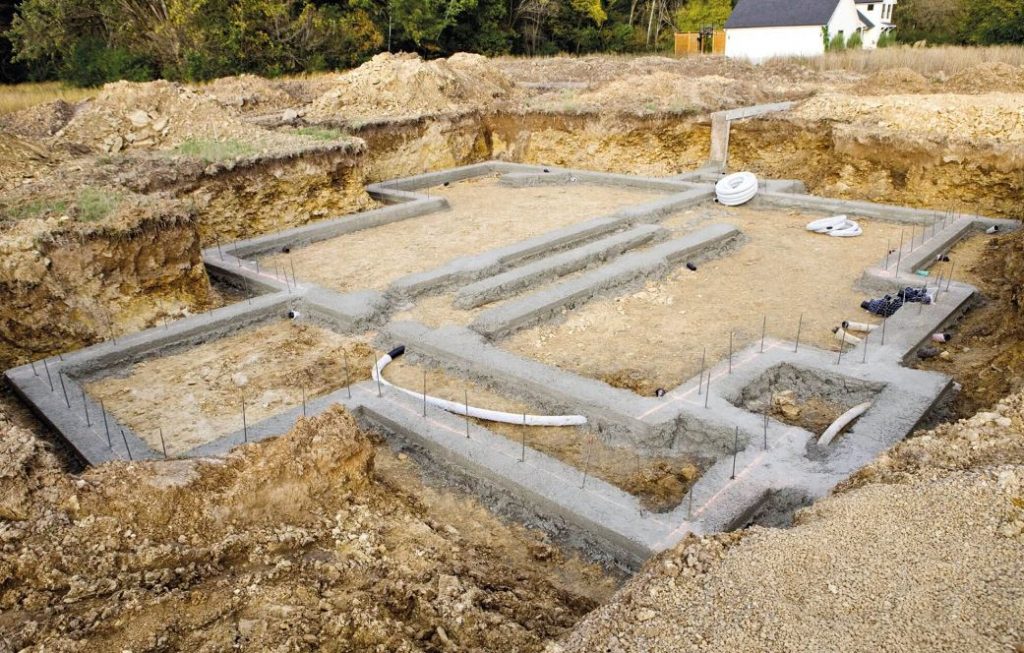Soil testing is a crucial component of foundation design in architecture. The properties of the soil, including composition, bearing capacity, and settlement, significantly impact the foundation’s stability and the building’s safety. To make informed decisions about foundation design, architects need to consider the properties of the soil and conduct thorough soil testing.

In this blog post, we’ll explore the importance of soil testing in foundation design for architects. We’ll discuss the soil properties that impact foundation design, the different types of soil tests conducted, and the benefits of soil testing in Gympie for successful foundation design projects. We’ll also describe the soil testing process and advise architects on working with soil engineers to conduct it and interpret the results. By prioritizing soil testing in their foundation design projects, architects can help ensure the safety and longevity of the buildings they design.
Soil Properties that Impact Foundation Design
When designing a building foundation, architects must consider the soil properties that could affect the stability and safety of the building. These soil properties include the soil type, composition, bearing capacity, and settlement, all of which can significantly impact foundation design.
The soil type is determined by its mineral composition and its origin. It can be classified into four major types: gravel, sand, silt, and clay. Each soil type has unique physical properties and requires different foundation design approaches. For example, sandy soil may require deeper foundations to avoid settlement, while clay soil may require additional support to prevent shifting.
Soil composition is another critical factor that architects need to consider. The soil composition can determine the weight the soil can bear without settling or shifting. Soils with low bearing capacity may require deeper and wider foundations to spread the weight of the building across a broader surface area.
Settlement refers to the soil’s ability to compress under the weight of the building. It is a significant concern when designing the foundation, as any uneven settlement can cause the foundation to crack and may lead to structural damage. Architects must understand how the soil’s settlement can impact the foundation design to ensure the building’s stability.
Soil testing can help determine the soil properties that can impact foundation design. Various tests can be conducted to determine soil composition, bearing capacity, and settlement. The soil testing results help architects understand the soil properties, which in turn help them develop an appropriate foundation design.
In summary, the soil type, composition, bearing capacity, and settlement are critical soil properties that architects need to consider when designing building foundations. By conducting soil testing, architects can determine the soil properties and develop a foundation design that meets the building’s structural and safety requirements.
Types of Soil Tests for Foundation Design
Soil testing is essential for determining the soil properties affecting foundation design. Several different types of soil tests can be conducted to determine these properties. Here’s an overview of the different types of soil tests typically conducted for foundation design:
Soil borings: Soil borings involve drilling boreholes into the ground and extracting soil samples for laboratory testing. The boreholes can be drilled either manually or by using mechanical equipment. Soil borings can provide information on soil composition, bearing capacity, and depth to bedrock.

Soil resistivity tests: Soil resistivity tests measure the soil’s electrical resistance. This test is often conducted when designing buildings with lightning protection systems or with sensitive electronic equipment. The test involves installing four electrodes in the soil and measuring the resistance between them.
Soil permeability tests: Soil permeability tests measure how easily water can pass through the soil. This test is essential for determining the potential for water accumulation around the building foundation. The test involves digging a hole in the soil and measuring how quickly the water drains away from it.
Standard penetration tests (SPT): SPTs involve driving a sampler into the soil and measuring how much resistance is encountered. This test determines the soil’s bearing capacity and shear strength. The test results can help determine the type of foundation required for the building.
Cone penetration tests (CPT): CPT involve pushing a cone-shaped probe into the soil and measuring the resistance encountered. This test is used to determine the soil’s shear strength, bearing capacity, and settlement. CPTs are often preferred over SPTs because they provide continuous soil property data and are less invasive.
The equipment and procedures involved in each type of soil test can vary depending on the test’s purpose and the soil type. However, in general, soil testing involves:
- Collecting soil samples.
- Analyzing the samples in a laboratory.
- Interpreting the test results to determine the appropriate foundation design for the building.
In summary, several soil tests can be conducted for foundation design, including soil borings, soil resistivity tests, soil permeability tests, standard penetration tests, and cone penetration tests. These tests can provide valuable information on soil properties such as composition, bearing capacity, and settlement. The information gathered from these tests is crucial for developing a foundation design that meets the building’s structural and safety requirements.
Benefits of Soil Testing for Foundation Design
Soil testing is a crucial step in developing a foundation design that is structurally sound and safe. Here are some benefits of soil testing for foundation design:

Informed decision-making: Soil testing provides architects with critical information on soil properties such as composition, bearing capacity, and settlement. This information helps architects make informed decisions about foundation design and select appropriate materials and methods for construction.
Avoidance of potential consequences: Inadequate soil testing can lead to costly and potentially dangerous consequences such as foundation failure, structural damage, and safety risks. Soil testing helps identify potential issues before construction begins and allows architects to take the necessary steps to prevent these consequences.
Tailored foundation design: Soil testing helps architects develop a foundation design that is tailored to the specific soil conditions of the construction site. By understanding the soil properties, architects can design a foundation that is structurally sound and able to support the weight of the building.
Improved safety: Foundation failure or structural damage due to poor soil conditions can harm building occupants. Soil testing helps identify potential safety risks and allows architects to design a safe foundation for the building’s occupants.
There are several examples of successful foundation design projects that incorporate soil testing. For example, in the construction of the Burj Khalifa, the tallest building in the world, extensive soil testing was conducted to determine the appropriate foundation design. The soil tests helped determine the depth of the foundation and the type of foundation required for the building’s weight and height.
In summary, soil testing is essential for developing a foundation design that is structurally sound, safe, and tailored to the specific soil conditions of the construction site. It helps architects make informed decisions about foundation design, avoid potential consequences, and improve safety. By incorporating soil testing into their foundation design projects, architects can help ensure the long-term stability and safety of the building.
Soil testing is a critical step in the foundation design process for architects. The soil properties that impact foundation design include soil type, composition, bearing capacity, and settlement. Soil testing helps architects determine these properties and develop a foundation design that is structurally sound and safe. There are various types of soil tests, including soil borings, soil resistivity tests, soil permeability tests, standard penetration tests, and cone penetration tests.
Each type of test provides valuable information for foundation design, and the information gathered is crucial for making informed decisions about the appropriate foundation design. Inadequate soil testing can lead to costly and potentially dangerous consequences, such as foundation failure, structural damage, and safety risks. By incorporating soil testing into their foundation design projects, architects can help ensure the long-term stability and safety of the building.